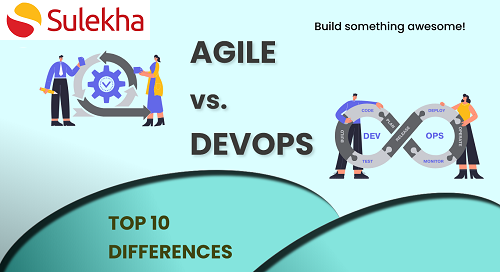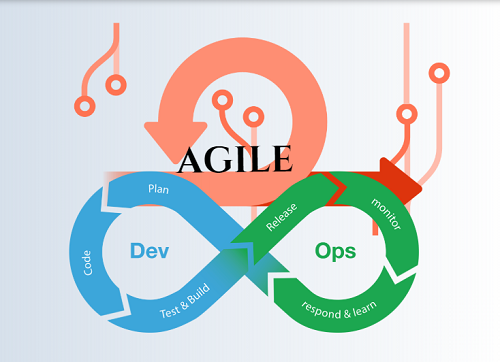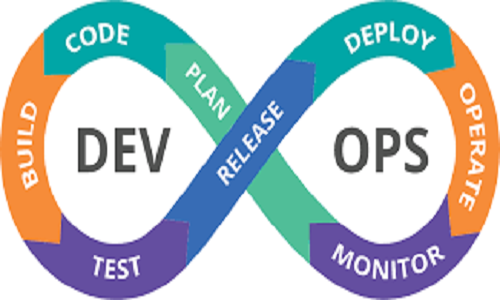Scrum with DevOps: Integrating Agile and DevOps Practices
Scrum with DevOps: Integrating Agile and DevOps Practices
Introduction: Thesoftware development is facing disruption and so is the digital world. The only way to face and stay ahead of competition is to embrace change. Scrum and DevOps are two powerful tools that help to embrace change in the project management space. In this article we will understand the concepts of scrum, agile and DevOps practices and the integration of Agile and DevOps practices can help faster delivery in software development.
What is scrum?
Scrum is the most popular agile framework which is widely used in organizations. Scrum is a framework based on values and principles that helps in complex product development. This framework helps the self-managed teams to structure their work with scrum values, practices and principles. The best part of scrum is that the framework is applicable to all types of teams. Scrum framework also emphasizes on professionalism hence focusses on the five values i,e. focus, openness, respect, courage and commitment.
What is Devops?
In traditional SDLC models, development and operations often work in silos which result in miscommunication and deployment delays.
DevOps is an organizational culture which bridges between development and operations in any organization. It’s more about collaboration and collective ownership. It is more than automation and tools. In simple terms, Devops is a methodology that imbibes cultures, practices, philosophies, that help organizations to deliver applications and services at high velocity.
Some best practices of DevOps:
- Continuous integration (CI): This is a software development practice where the developers merge the code changes into a central repository. The automation of the code changes from multiple contributors gets automated where builds, tests and then runs.
- Continuous development (CD): Continuous delivery is a software development practice where the code is automatically tested, built and released into production.
- Infrastructure as a code: The infrastructure as a code is a software development practice where the version control and continuous integration are used to manage and provision infrastructure.
- Policy as code: In this software development practice, where a code is used to manage and define the rules and conditions. Under the policy as a code, the development teams write policies using programming languages like Python, to manage the security, rules criteria within the CI/CD process.
- Configuration management: Developers and system administrators manually configure system applications and system applications. Configuration management helps the developers and system administrators to automate operating systems, operational activities with a code.
- Microservices: Microservices is an architecture where a bunch of independent services communicate with each other through light weight application programming interface. Microservices are organized around the business capabilities. The Microservice architecture enables enterprises to deliver applications quickly, reliably, and sustainably which I the key in the competitive IT world.
- Monitoring and logging: Organizations rely heavily on monitoring and logging to keep a check on how the applications and infrastructure updates and changes impact the end users. Active monitoring and logging becomes crucial and real-time analytics will help organizations to proactively monitor their products and services and also get to the roots of the problem to find solutions.
- Communication and collaboration: DevOps fosters a culture of collaboration as the tool brings together the developers and the operations team. There will be excellent communication and collaboration between the development and deployment yielding to a quicker delivery of products and services.
How does scrum with DevOps help organizations?
There is a huge confusion as to which framework has to be used; DevOps or Scrum. There is a huge benefit of using both which the organizations should appreciate. Scrum is primarily concerned with the development team. DevOps has certainly brought a lot of changes in the IT industry. DevOps starts with the system thinking concept. DevOps focuses on the entire value stream and not just on the development phase. To simplify in words, DevOps worries on how the work gets into the development (upstream) and also how the product/ service is delivered to the customers (downstream). Apart from system thinking, DevOps is also dependent on Lean thinking. Lean thinking eliminates waste in the entire value stream. Usually, a scrum team consists of the scrum master, the product owner and the development team. A scrum focusses on rapid development with granular approach. It defines how to solve problems and DevOps defines the means to solve the problems. Therefore, a combination of both scrum and DevOps certainly improves the software development process. By integrating both the processes, enterprises can deliver high-quality and high-value software applications and products quickly and efficiently.
What is Agile?
Agile is a software development methodology which came into existence in 2001 with agile manifesto. This manifesto has four values and twelve principles which helps to build a software culture, promotes leadership, self-organized teams and team work. The best part of agile is that it focusses on continuous development and aligns with customer’s needs. This helps to add value and incorporate changes in the development process. The Agile methodology focusses on bringing all the teams together and promote team work, whereas the agile mind set focusses on the people rather than on tools and processes. In today’s disruptive world, agile is considered as the most apt solution as all the elements of an organization work with system thinking and adds more value to the customer.
How do we integrate Agile with DevOps?
Offlate, application development and deployment have become important aspects of business operations. This is the primary reason why companies are optimizing their product development process. DevOps I the key which reduces the steps in the software development process and brings the product quickly to the market. The faster releases lead to quicker user feedback. So, it can be said that DevOps focuses on scalability and maintenance. There is a downside to DevOps. DevOps does not imbibe continuous testing ad continuous improvement. This gap is addressed by Agile. Hence, both DevOps and Agile are crucial in software development.
Agile bridges the gap between the end client requirements and the development team while DevOps addresses the gap between the development team and the operations team. Agile is more focused on the development and DevOps is focused on the deployment. A successful DevOps depends on several frameworks and Agile is surely one of them.
How does the integration of DevOps and Agile help organizations?
With the advent of agile, the development cycle dramatically speed up. Agile also brought the concept of software as a service(SaaS). Agile could breakdown the complex large projects in to smaller chunks that can be churned for feedbacks. Agile also focusses on automation for testing and embraces continuous integration and continuous delivery. DevOps certainly compliments agile as it uses communication as a tool for successful deployment. While agile has its lens on creation of new software, DevOps creating, testing and deploying the new software. Agile puts developers to create and develop an application, while Devops focusses on a team of cross-disciplined members.
The integration and DevOps and Agile can lead to several fruitful benefits to organizations. Some notable benefits are:
- The release process is streamlines
- The product offerings are improved
- There will be between collaboration between inter-departments and also with the stakeholders.
- There is high chance to add value and reduce risks in every release.
- The bugs will reduce
- The fixes will be quicker
- The products will be of high value and quality
Conclusion: Agile and DevOps. Each of them bring amazing benefits t any enterprise. However, a combination of them brings fantastic results. We have explained the concepts in detail and also the benefits of implementing them in a combination. Hope you found it useful.
Find a course provider to learn DevOps
Java training | J2EE training | J2EE Jboss training | Apache JMeter trainingTake the next step towards your professional goals in DevOps
Don't hesitate to talk with our course advisor right now
Receive a call
Contact NowMake a call
+1-732-338-7323Take our FREE Skill Assessment Test to discover your strengths and earn a certificate upon completion.
Enroll for the next batch
DevOps Hands-on Training with Job Placement
- Dec 15 2025
- Online
DevOps Hands-on Training with Job Placement
- Dec 16 2025
- Online
DevOps Hands-on Training with Job Placement
- Dec 17 2025
- Online
DevOps Hands-on Training with Job Placement
- Dec 18 2025
- Online
DevOps Hands-on Training with Job Placement
- Dec 19 2025
- Online
Related blogs on DevOps to learn more
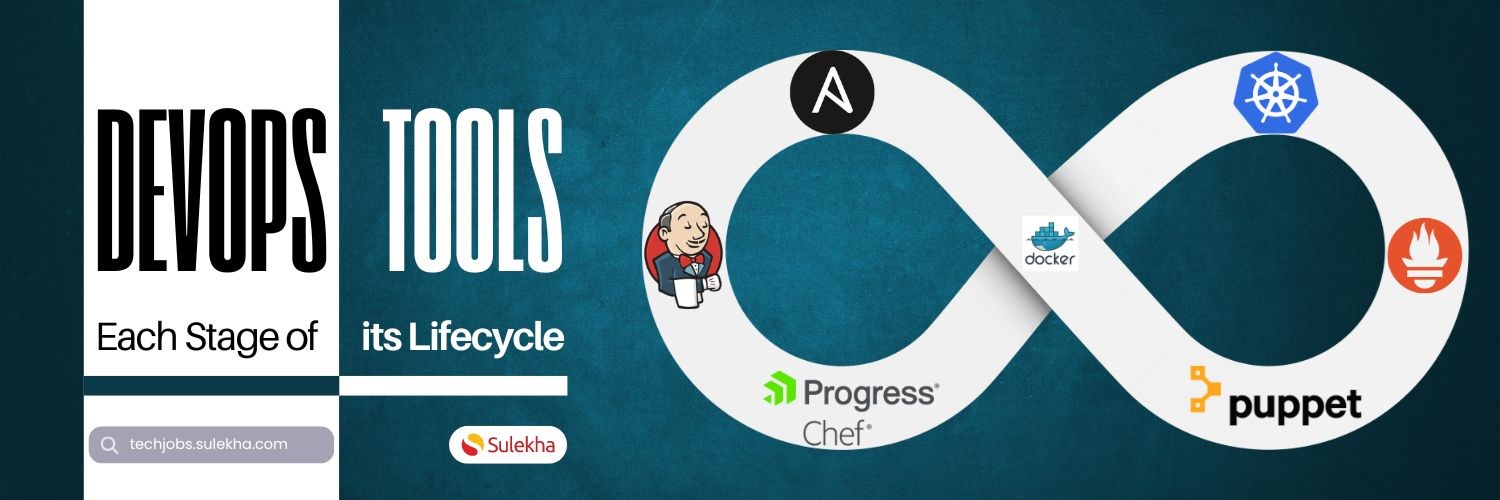
DevOps Tools for Each Stage of the DevOps Lifecycle
Discover essential DevOps tools tailored for every phase of the DevOps lifecycle. Streamline development, deployment, and operations with the right tools.

The benefits of uniting product management with DevOps
DevOps is focused on streamlining the software development and deployment processes, enabling faster and more frequent releases. By integrating product management into the DevOps workflow, product managers can have more visibility into the developmen

DevOps Platform Market 2023 to Showing Impressive Growth by 2030
In 2023, the DevOps platform market has faced a rapid increase, with forecasts indicating a massive expansion by 2030. This sector's growth is driven by the increased adoption of DevOps concepts and tools across industries. DevOps, which focuses on c
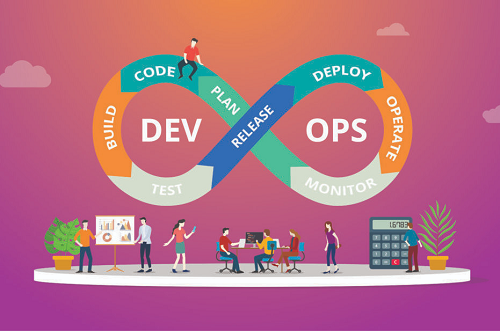
Mastering DevOps: A Comprehensive Bootcamp Course
Introduction
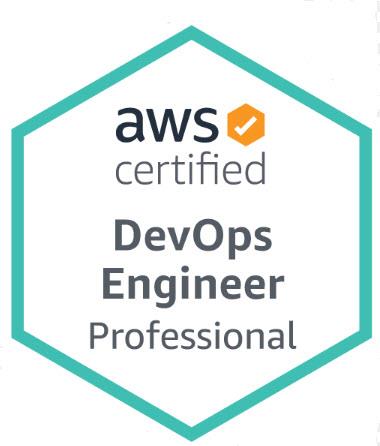
Best AWS Devops Engineer Professional Certification Dumps
DevOps Certification Over the past decade, DevOps, many companies used DevOps to lower their deployment time and increase their agility. DevOps helps to automate between 6 Cs. (Continuous business planning, collaborative development, continuous test
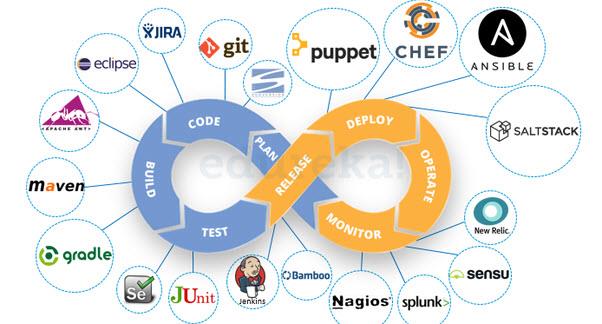
DevOps Market Research Report Analysis and Forecast: 2018 to 2023
Forecast report entitled “Global DevOps Tool Market 2018 Research Report Analysis and Forecast: 2018 to 2023”. When you go through the report thoroughly, you will find that the report is a top to bottom analysis of the happenings of DevOps Tool Indus
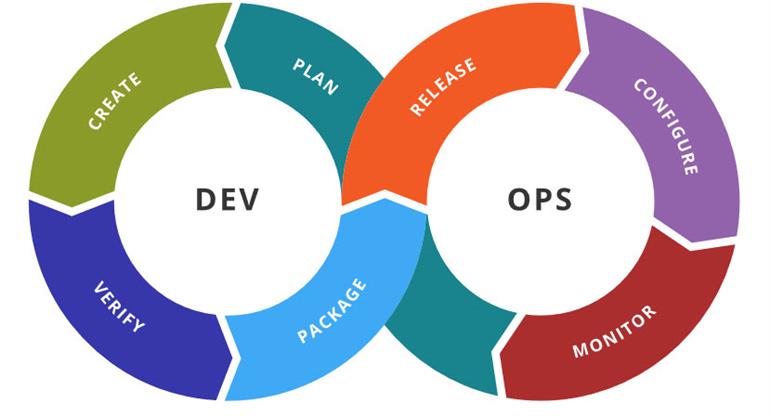
What are the Top 10 DevOps Barriers?
There are many barriers to implementing DevOps successfully, some of them with proper solutions given in the post.

The need for Systems Thinking in DevOps!
The advent of DevOps skills which is nothing but the combined package of Development and Operations that promises to deliver the promised result at the earliest possible time-frame. There are several core principles in DevOps that intends to complete
Latest blogs on technology to explore

From Student to AI Pro: What Does Prompt Engineering Entail and How Do You Start?
Explore the growing field of prompt engineering, a vital skill for AI enthusiasts. Learn how to craft optimized prompts for tools like ChatGPT and Gemini, and discover the career opportunities and skills needed to succeed in this fast-evolving indust
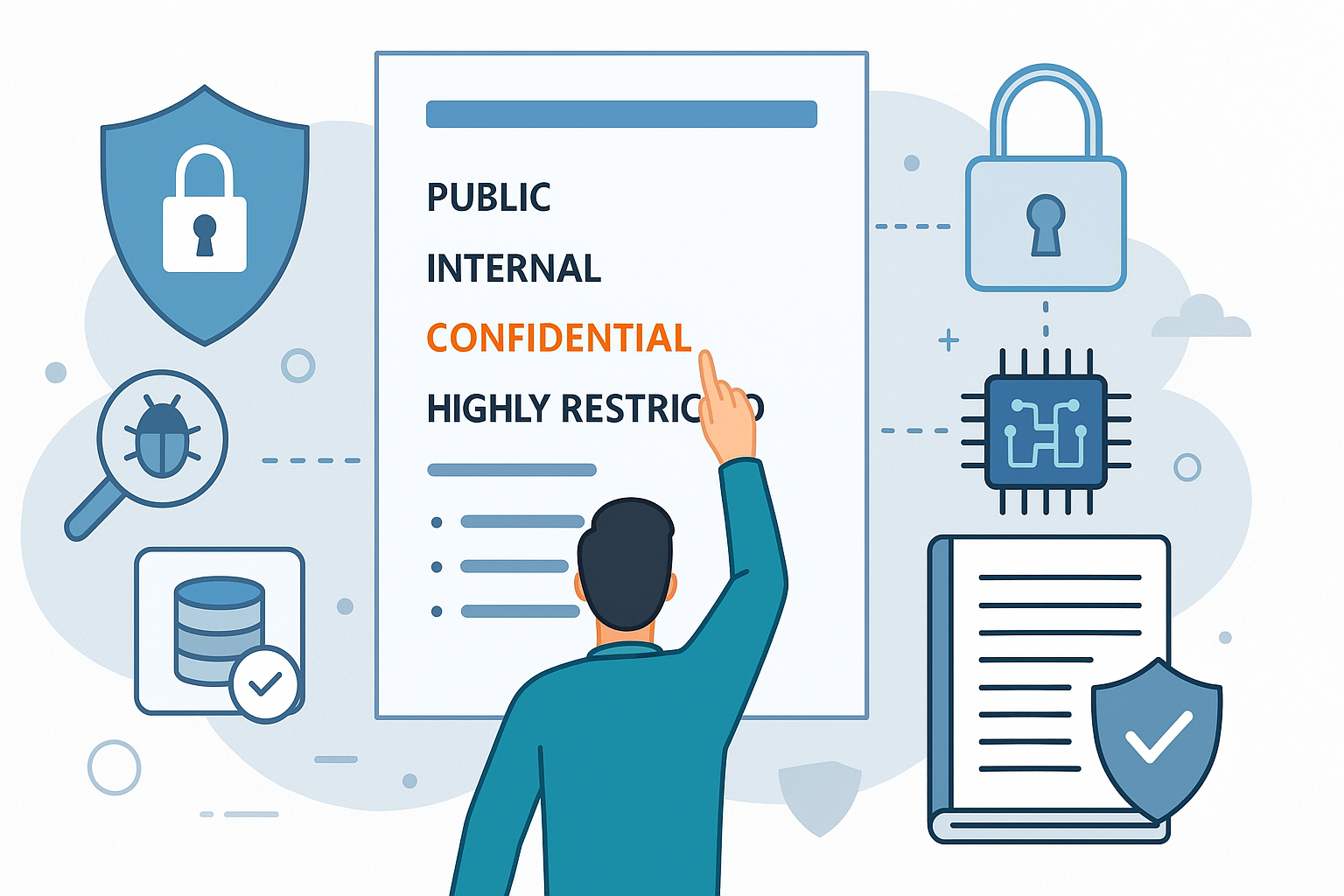
How Security Classification Guides Strengthen Data Protection in Modern Cybersecurity
A Security Classification Guide (SCG) defines data protection standards, ensuring sensitive information is handled securely across all levels. By outlining confidentiality, access controls, and declassification procedures, SCGs strengthen cybersecuri

Artificial Intelligence – A Growing Field of Study for Modern Learners
Artificial Intelligence is becoming a top study choice due to high job demand and future scope. This blog explains key subjects, career opportunities, and a simple AI study roadmap to help beginners start learning and build a strong career in the AI

Java in 2026: Why This ‘Old’ Language Is Still Your Golden Ticket to a Tech Career (And Where to Learn It!
Think Java is old news? Think again! 90% of Fortune 500 companies (yes, including Google, Amazon, and Netflix) run on Java (Oracle, 2025). From Android apps to banking systems, Java is the backbone of tech—and Sulekha IT Services is your fast track t
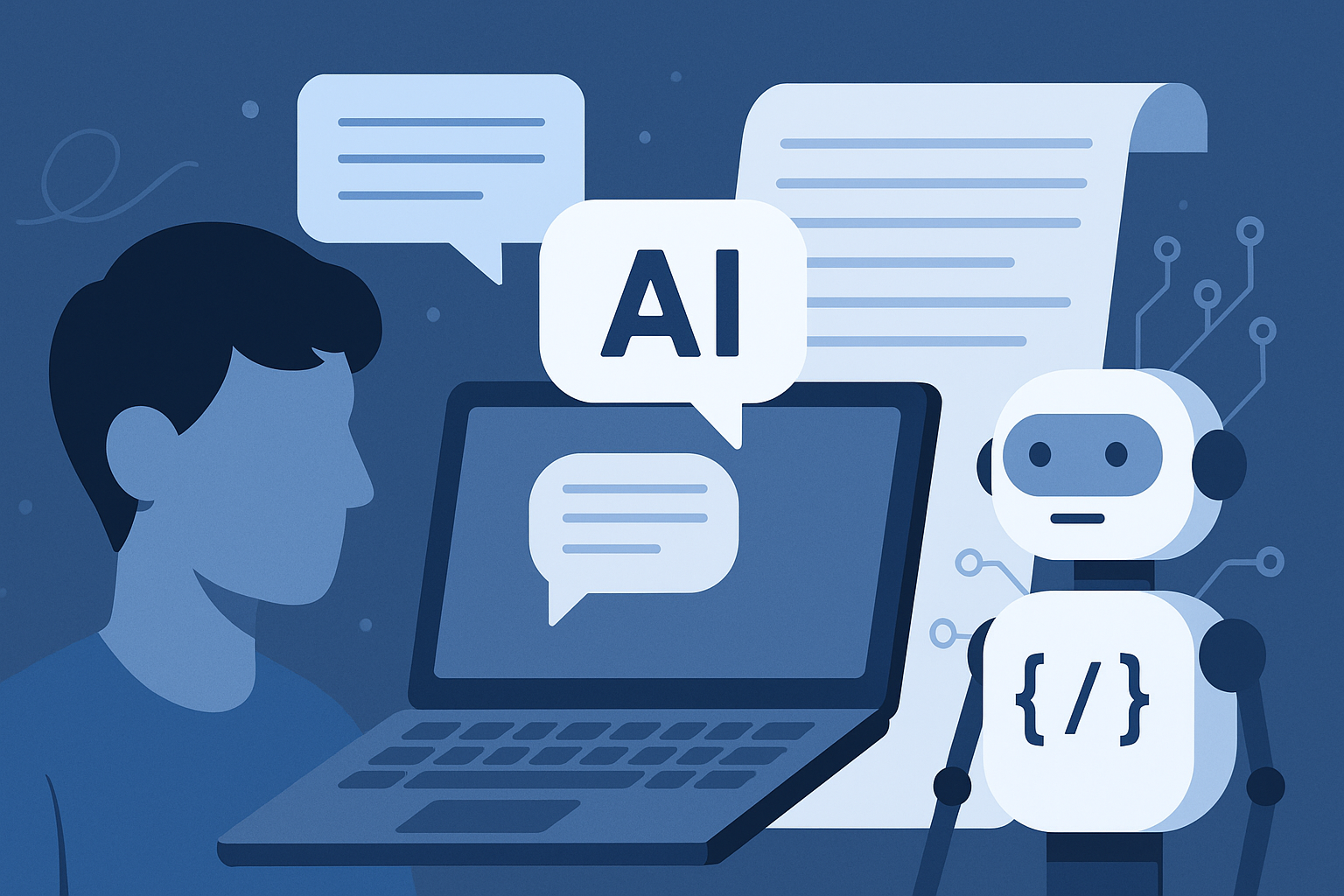
From Student to AI Pro: What Does Prompt Engineering Entail and How Do You Start?
Learn what prompt engineering is, why it matters, and how students and professionals can start mastering AI tools like ChatGPT, Gemini, and Copilot.

Cyber Security in 2025: The Golden Ticket to a Future-Proof Career
Cyber security jobs are growing 35% faster than any other tech field (U.S. Bureau of Labor Statistics, 2024)—and the average salary is $100,000+ per year! In a world where data breaches cost businesses $4.45 million on average (IBM, 2024), cyber secu

SAP SD in 2025: Your Ticket to a High-Flying IT Career
In the fast-paced world of IT and enterprise software, SAP SD (Sales and Distribution) is the secret sauce that keeps businesses running smoothly. Whether it’s managing customer orders, pricing, shipping, or billing, SAP SD is the backbone of sales o

SAP FICO in 2025: Salary, Jobs & How to Get Certified
AP FICO professionals earn $90,000–$130,000/year in the USA and Canada—and demand is skyrocketing! If you’re eyeing a future-proof IT career, SAP FICO (Financial Accounting & Controlling) is your golden ticket. But where do you start? Sulekha IT Serv

Train Like an AI Engineer: The Smartest Career Move You’ll Make This Year!
Why AI Engineering Is the Hottest Skillset Right Now From self-driving cars to chatbots that sound eerily human, Artificial Intelligence is no longer science fiction — it’s the backbone of modern tech. And guess what? Companies across the USA and Can
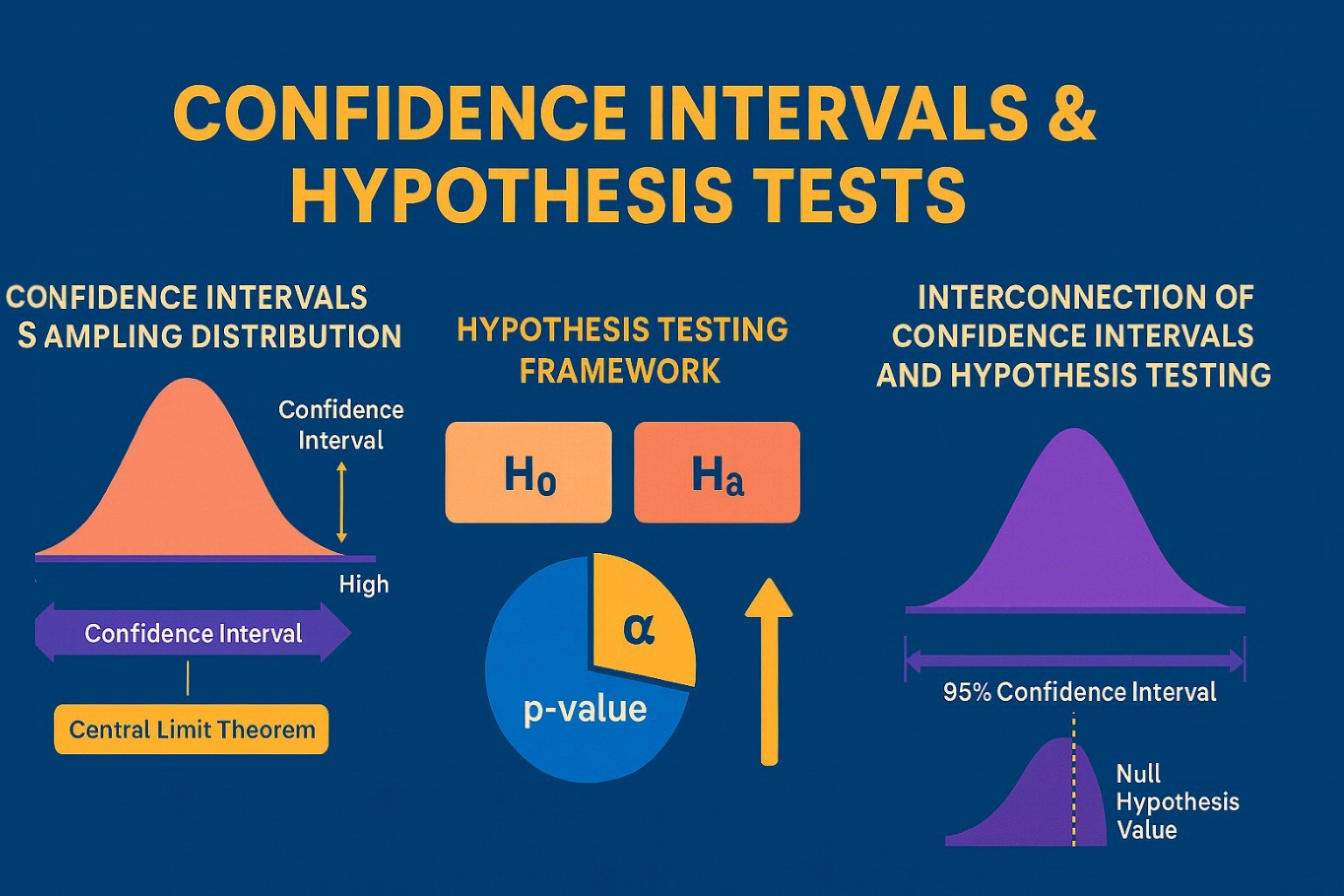
Confidence Intervals & Hypothesis Tests: The Data Science Path to Generalization
Learn how confidence intervals and hypothesis tests turn sample data into reliable population insights in data science. Understand CLT, p-values, and significance to generalize results, quantify uncertainty, and make evidence-based decisions.
